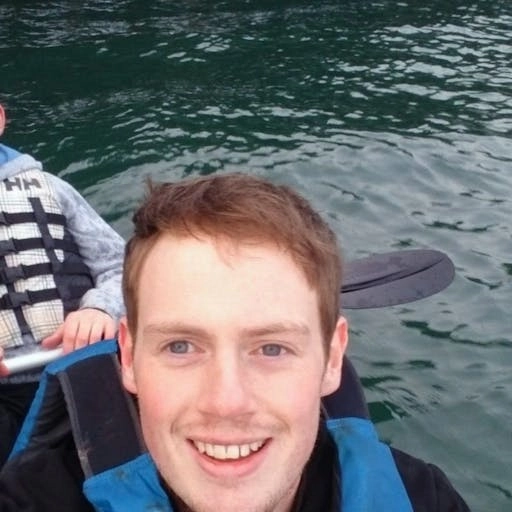Europe is blessed with stunning coastal locations that offer exceptional diving experiences. From vibrant marine life to enchanting underwater landscapes, the continent has something to offer every diving enthusiast.
Silfra, Iceland 🇮🇸
Silfra in Iceland is a diver's paradise, known for its crystal-clear waters and otherworldly scenery. Located in Thingvellir National Park, this fissure offers the opportunity to dive between the North American and Eurasian tectonic plates. Witness the mesmerizing underwater visibility and explore the dramatic rock formations that make this location truly unique.
Calella de Palafrugell, Spain 🇪🇸
Calella de Palafrugell in the Costa Brava in Spain boasts a diverse range of dive sites, including underwater caves, vibrant reefs, and shipwrecks. This Mediterranean gem offers excellent visibility and a rich marine ecosystem, making it an ideal destination for divers of all skill levels.
Blue Hole, Gozo, Malta 🇲🇹
The Blue Hole in Gozo, Malta, is a legendary diving spot with a mystical appeal. Dive into the azure waters of this natural sinkhole and explore the breathtaking underwater arches, tunnels, and caves. The abundant marine life and underwater rock formations will leave you in awe.
Cap de Creus, Spain 🇪🇸
Situated in Catalonia, Cap de Creus is a protected marine reserve that offers exceptional diving opportunities. Discover an underwater world teeming with colourful fish, octopuses, and other fascinating marine species. The rocky landscape and underwater cliffs make this location a visual treat.
Lofoten Islands, Norway 🇳🇴
The Lofoten Islands in Norway offer a unique diving experience amidst stunning Arctic landscapes. Dive into the chilly waters and encounter majestic kelp forests, vibrant coral reefs, and an abundance of marine life, including seals and whales. The combination of cold-water diving and breathtaking scenery creates an unforgettable adventure.
Vis Island, Croatia 🇭🇷
Vis Island in Croatia is renowned for its clear waters and impressive underwater visibility. Dive into the Adriatic Sea and explore the vibrant reefs, underwater caves, and shipwrecks that dot the coastline. The diverse marine ecosystem and historical artefacts make this location a must-visit for diving enthusiasts.
Medes Islands, Spain 🇪🇸
The Medes Islands in Spain, located off the Costa Brava, form a protected marine reserve with unparalleled biodiversity. Dive into the crystal-clear Mediterranean waters and encounter colourful fish, octopuses, and even occasional dolphins. The submerged caves and rocky walls offer an awe-inspiring diving experience.
Azores, Portugal 🇵🇹
The Azores archipelago in Portugal is a true paradise for divers, with its volcanic seascapes and unique marine life. Explore the underwater caves, caverns, and canyons, and encounter schools of colourful fish, manta rays, and even whale sharks. The Azores provide a once-in-a-lifetime diving experience.
Scapa Flow, Orkney Islands, Scotland 🏴
Scapa Flow in the Orkney Islands of Scotland is a historical diving destination, rich with World War I shipwrecks. Discover the eerie remains of battleships and submarines resting on the seafloor. The challenging diving conditions and fascinating historical context make Scapa Flow a thrilling adventure for experienced divers.
Elba Island, Italy 🇮🇹
Elba Island in Italy, located in the Tuscan Archipelago, offers a delightful mix of diving opportunities. Dive into the crystal-clear Tyrrhenian Sea and explore the diverse marine life, submerged caves, and colourful reefs. The underwater landscapes and historical shipwrecks add to the allure of this Mediterranean gem.
The Importance of Knowing the Tide Times
While diving in European coastal locations, it is crucial to have accurate knowledge of the tide times. Understanding the tidal patterns helps divers plan their dives effectively and ensures their safety. Here are a few reasons why knowing the tide times is essential:
- Currents and Visibility: Tides greatly affect water currents, which can impact dive conditions and visibility. Diving during slack tide (when the water movement is minimal) can provide optimal conditions for exploration and underwater photography.
- Safety: Strong tidal currents can pose risks to divers, especially in narrow passages or areas with underwater obstructions. Knowing the tide times allows divers to plan their dives when currents are manageable and avoid potentially dangerous situations.
- Access to Dive Sites: In some coastal locations, access to certain dive sites is only possible during specific tidal conditions. Understanding the tide times ensures that divers can reach these sites at the right moment and maximize their diving opportunities.
- Marine Life Behavior: Tides influence the movement and behaviour of marine life. Diving during specific tidal phases can offer unique encounters with marine species, such as feeding frenzies or congregations of larger animals.
Let's wrap this up
Europe's coastal locations offer a myriad of diving adventures for enthusiasts of all levels. From the enchanting Silfra fissure in Iceland to the historical shipwrecks of Scapa Flow in Scotland, each destination presents a unique underwater world waiting to be explored. However, it is essential to prioritize safety and plan dives according to the tide times. By understanding tidal patterns, divers can enhance their overall experience, ensure their well-being, and make the most of the captivating marine environments that European coastal locations have to offer.

Your thoughts and comments